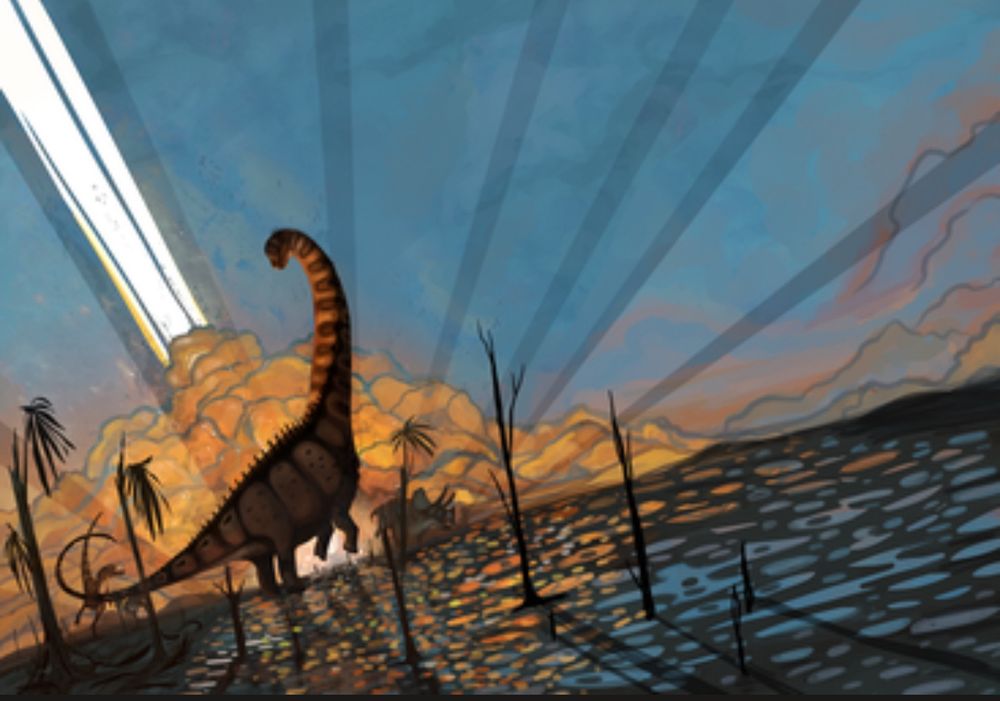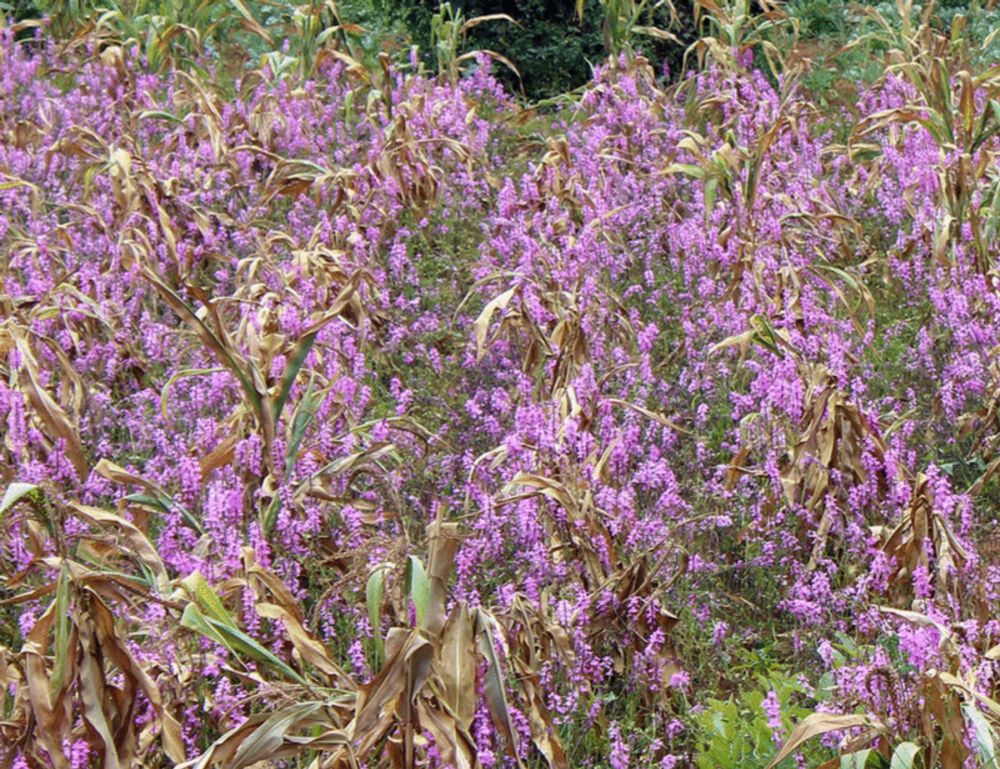
I absolutely share this position
bsky.app/profile/jlst...
www.science.org/doi/10.1126/...
bsky.app/profile/jlst...
I absolutely share this position
bsky.app/profile/jlst...
#neuroscience #neuroskyence
www.nature.com/articles/s41...

#neuroscience #neuroskyence
www.nature.com/articles/s41...
LISTEN HERE 🎧 www.science.org/content/podc...
LISTEN HERE 🎧 www.science.org/content/podc...
Learn more this week: https://scim.ag/4nFEGO7

Learn more this week: https://scim.ag/4nFEGO7
A @nature.com paper today tells the story, one with big implications, as reviewed here
erictopol.substack.com/p/how-mrna-v...

A @nature.com paper today tells the story, one with big implications, as reviewed here
erictopol.substack.com/p/how-mrna-v...





By @claudia-lopez.bsky.social
#neuroskyence
www.thetransmitter.org/neuroetholog...

By @claudia-lopez.bsky.social
#neuroskyence
www.thetransmitter.org/neuroetholog...

We have partnered with @physoc.bsky.social to organise the 2nd meeting Bristol. It is a privilege to announce Professor Baljit Khakh, FRS will join us in the UK.
Check out the exciting programme here:
www.physoc.org/events/uk-gl...
#neuroskyence #glia

We have partnered with @physoc.bsky.social to organise the 2nd meeting Bristol. It is a privilege to announce Professor Baljit Khakh, FRS will join us in the UK.
Check out the exciting programme here:
www.physoc.org/events/uk-gl...
#neuroskyence #glia


www.youtube.com/watch?v=46sv...

www.youtube.com/watch?v=46sv...
Learn more in a new #SciencePerspective: https://scim.ag/4qaRWNh

Learn more in a new #SciencePerspective: https://scim.ag/4qaRWNh
Paper here: www.science.org/doi/10.1126/...
Perspective here: www.science.org/doi/10.1126/...
Paper here: www.science.org/doi/10.1126/...
Perspective here: www.science.org/doi/10.1126/...
@science.org
science.org/doi/10.1126/...
science.org/doi/10.1126/...
www.nature.com/articles/d41...

@science.org
science.org/doi/10.1126/...
science.org/doi/10.1126/...
www.nature.com/articles/d41...
Leveraging nature’s own experiment, scientists and the public joined forces to show how different species responded to sudden midafternoon darkness followed by a new “dawn.” Learn more this week in Science: https://scim.ag/48WbhLL

Leveraging nature’s own experiment, scientists and the public joined forces to show how different species responded to sudden midafternoon darkness followed by a new “dawn.” Learn more this week in Science: https://scim.ag/48WbhLL

📄: https://scim.ag/4gOlR9N
#SciencePerspective: https://scim.ag/3IOqNyH

📄: https://scim.ag/4gOlR9N
#SciencePerspective: https://scim.ag/3IOqNyH




